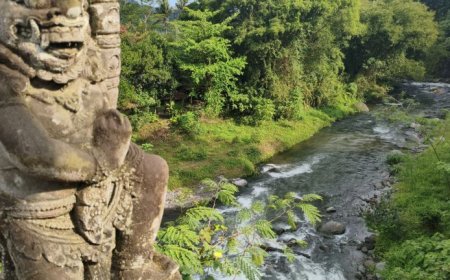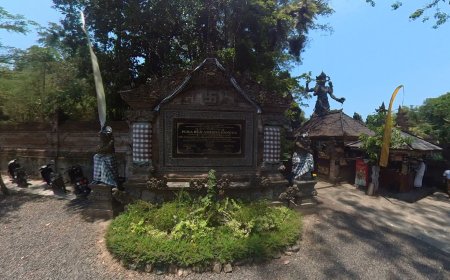Goa Peteng Temple: a sacred spring for seekers of healing
Goa Peteng Alam Tunjung Mekar Temple originates from the word 'Goa,' which means cave 'Peteng' signifies darkness. Meanwhile, 'Alam' denotes formation through natural processes, and 'Tunjung Mekar' holds the hope of blossoming like intricately woven flowers, evoking the desire and longing sought by many.
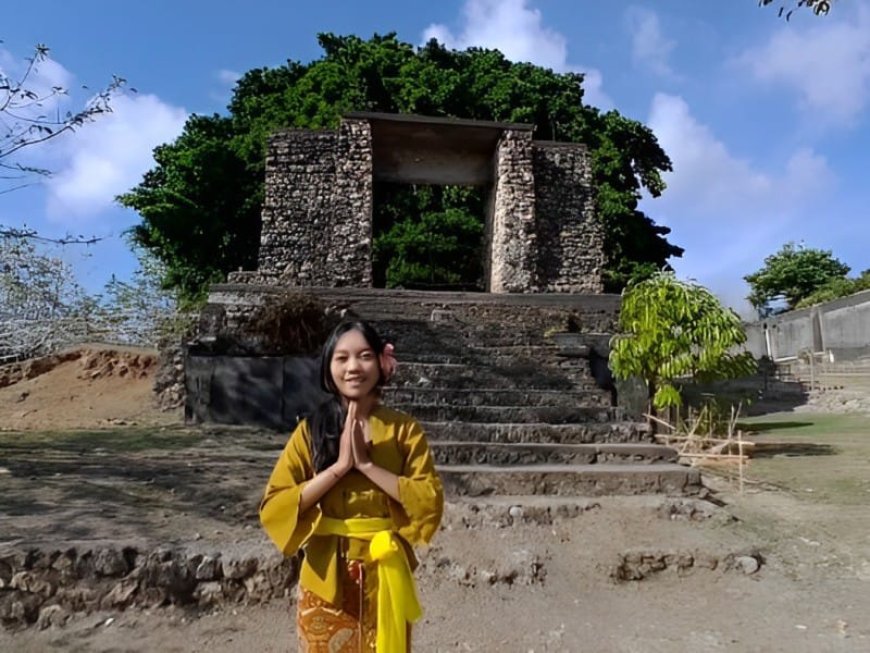
Goa Peteng Temple is located in the village of Pakraman Kutuh, Jimbaran, Bali. However, reaching this temple can be quite challenging. The path leading to Goa Peteng Alam Tunjung Mekar Temple consists of a 1.5 km long road made of limestone.
After traversing this road, one will finally reach the Goa Peteng Temple. Outside the temple, there is a large beringin tree believed to be the hair of Bhatara, a deity enshrined in Goa Peteng Temple, although it is unclear who resides in the temple.

Goa Peteng Temple (Photo Source: Private Collection)
Behind the temple lies a cave with a depth of about 250 meters. Inside the cave, there is a sacred spring for purification. To reach this water source, one must descend dozens of steps. As pilgrims descend, they are often greeted by bats, believed to be the guardians of Goa Peteng Temple.
The purification ritual at Goa Peteng Tunjung Mekar Temple begins with offering canang at the sacred shrine of the temple's priest. For those unfamiliar, the priest's residence, known as jero mangku house is not far from the temple. You can inquire from the locals if you have not encountered the residence yet.
Accompanied by Mrs. Jero Mangku, individuals proceed to Pura Goa Peteng to perform matur piuning at the deity's shrine within the temple. Following this, they descend to the cave for purification, offering canang, expressing their wishes and hopes to the deity residing there.
Finally, the process concludes by ascending and requesting "tirta bija" as the final step in the purification ceremony. Interestingly, the water in the cave has a taste that is half fresh and half salty, attributed to the geographical location of the temple near the sea.
The temple's anniversary, known as "piodalan," is celebrated according to the Balinese Pawukon calendar, falling on Redite Wuku Madangkungan. The celebration is organized by the extended family of I Ketut Kecuh.
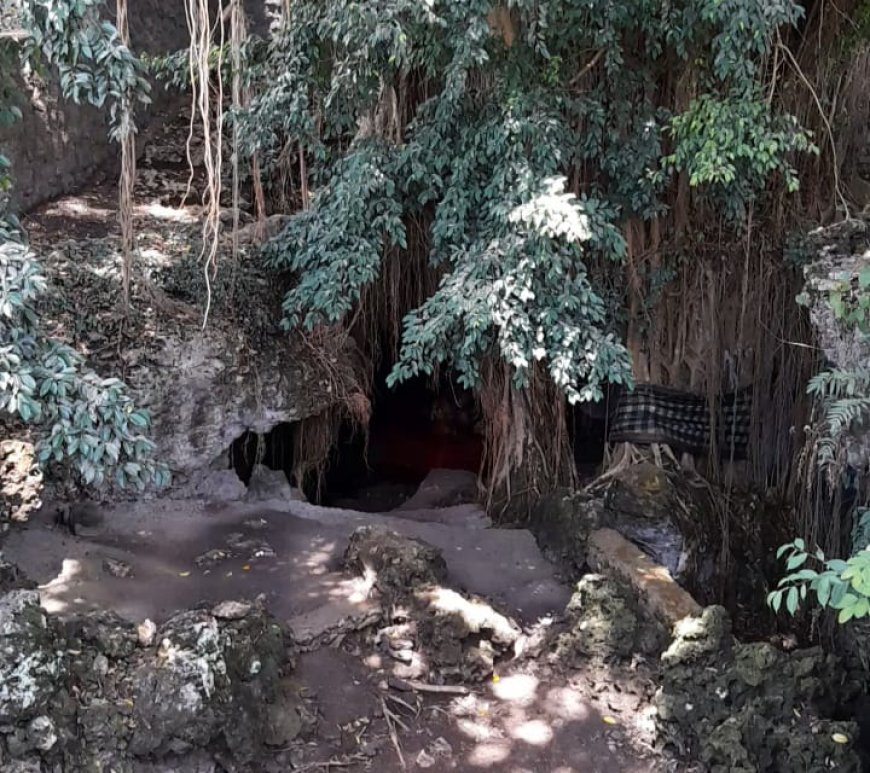
Mouth of Goa Peteng Temple (Photo Source: Private Collection)
Despite this, many people visit the temple on regular days. Historically, the temple served as a source of water for the local residents before it was sanctified over time, and a shrine was erected, now known as Goa Peteng Alam Tunjung Mekar Temple.
It is said that direct diving into the temple's pool is not allowed as the deity has become wrathful. Therefore, individuals must follow the purification procession directed by the temple priest.
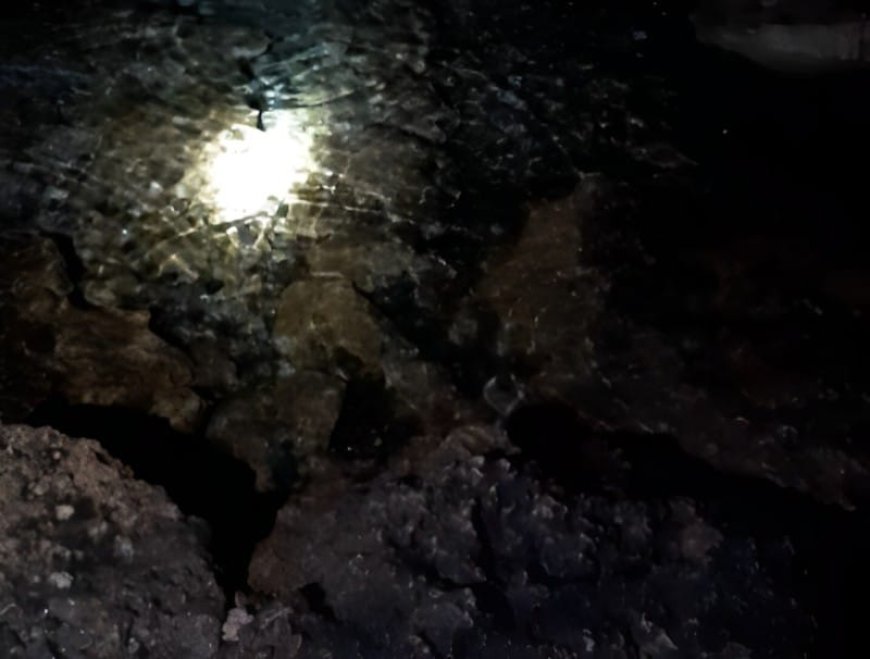
Goa Peteng Temple Water Spring (Photo Source: Private Collection)
According to the late Mr. Mangku Ketut Kecuh, many people received guidance that to achieve healing, they must undergo the purification ritual at Goa Peteng Tunjung Mekar Temple.
For those who believe in the spiritual realm, it is recommended to experience the purification and spiritual approach at Goa Peteng Alam Temple.


















































